China’s record heatwave, worst drought in decades
In the summer of 2022, China was hit by its most severe heatwave in six decades, exacerbating a drought that has impacted food and factory production, power supplies and transport in a vast area of the country. The Yangtze River Basin, which stretches from coastal Shanghai to Sichuan province in China’s southwest and includes Asia’s longest river, was considered the worst-affected area, with hundreds of millions of people impacted. Experts say the heatwave could be among the worst recorded in global history.
Scorching temperatures
For more than 70 days straight, a brutal heatwave ravaged much of China, with sustained temperatures of more than 40 degrees Celsius (104 Fahrenheit). It affected more than 900 million people in at least 17 provinces, from southwestern Sichuan to coastal Jiangsu and Zhejiang provinces in the east.
Maximum temperatures in July
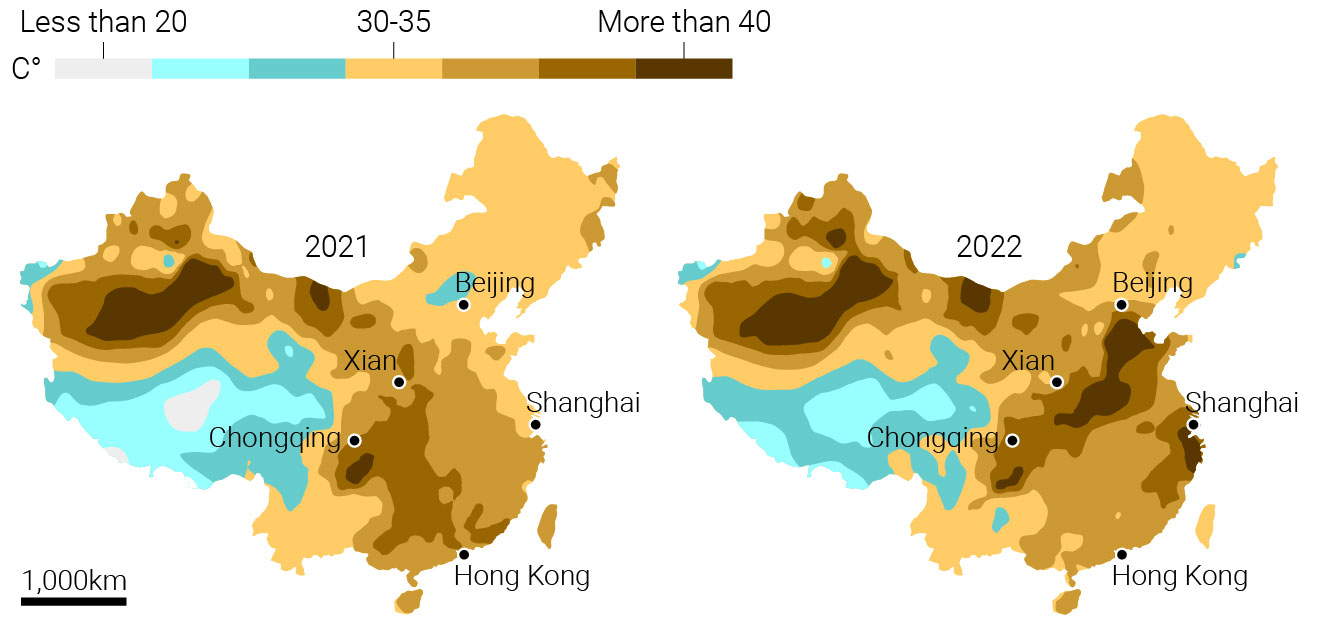


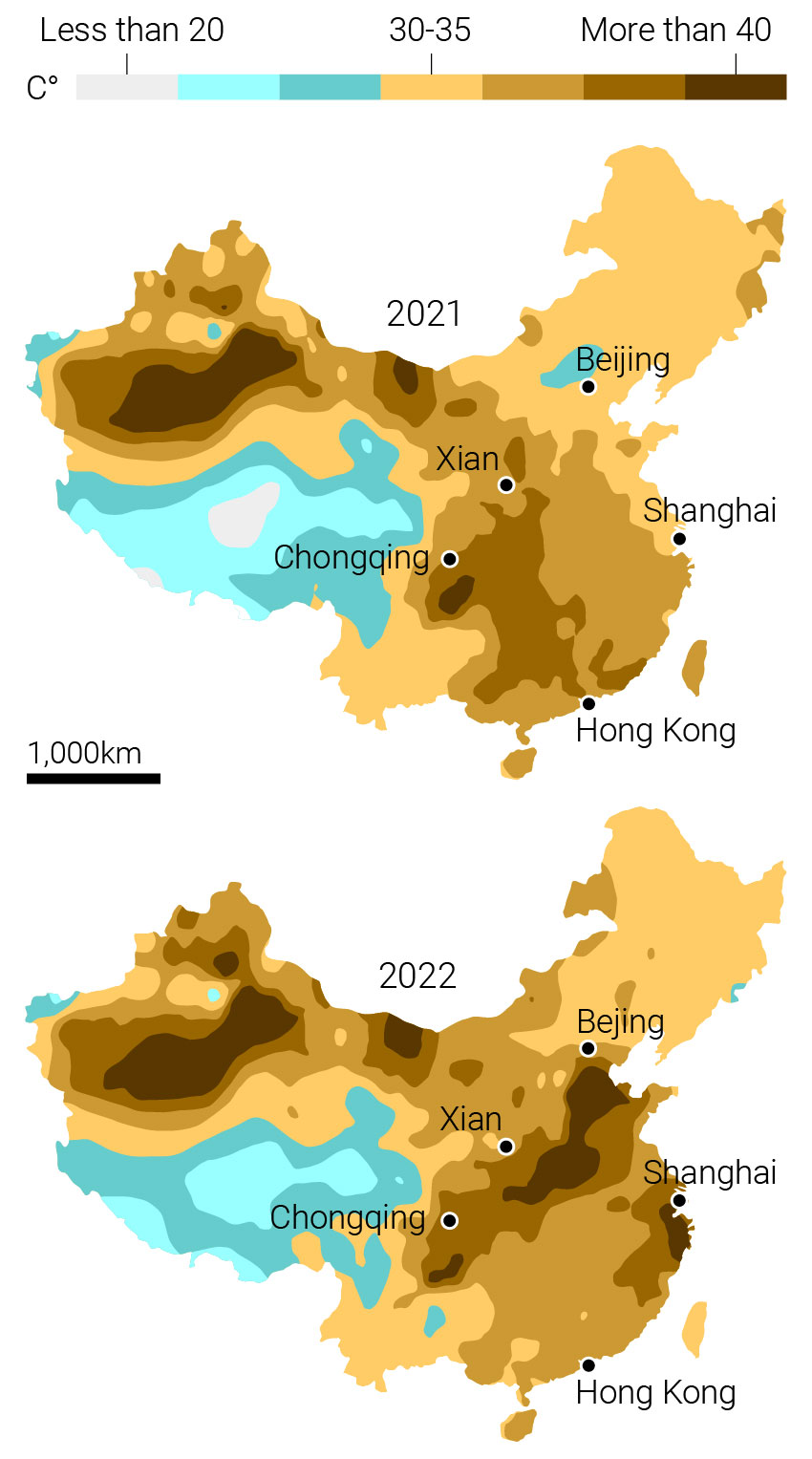
Severity of China’s drought
The map below shows the intensity of the drought, which has affected about half of China’s landmass, mostly in the country’s south. The drought is so severe that sections of the Yangtze River, China’s biggest river, reached their lowest level since at least 1865.
Drought level (as of August 29, 2022)
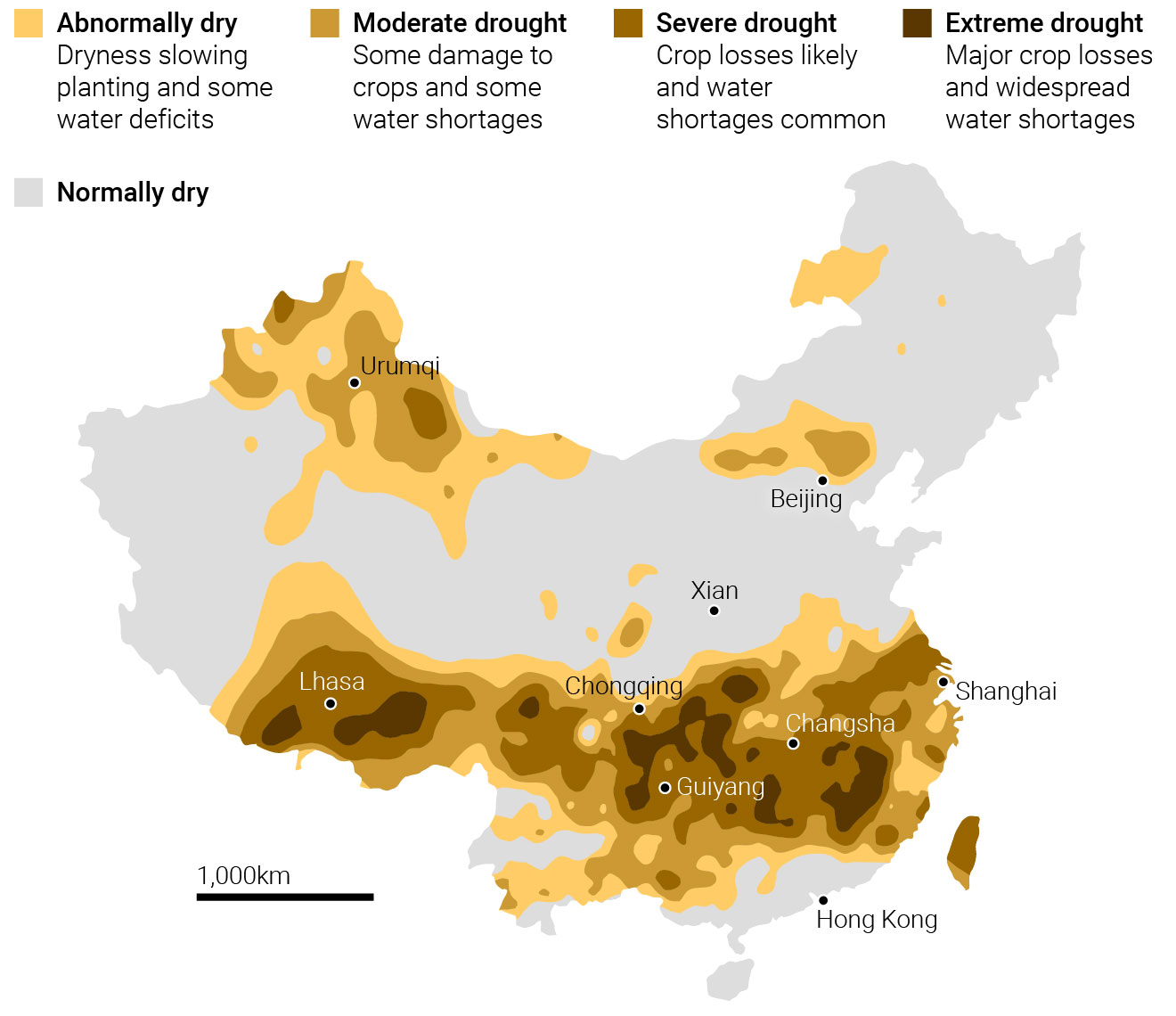


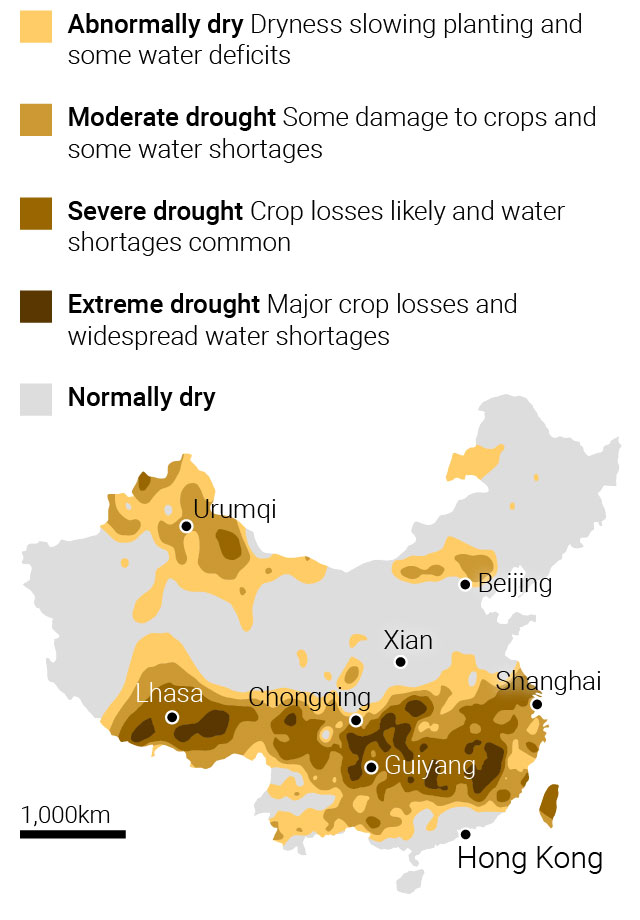
The Yangtze’s low water level has been caused by low rainfall in the river basin, reduced water flowing in from its upper reaches and hotter temperatures speeding up evaporation.
River flow (4-month forecast from August 2022)





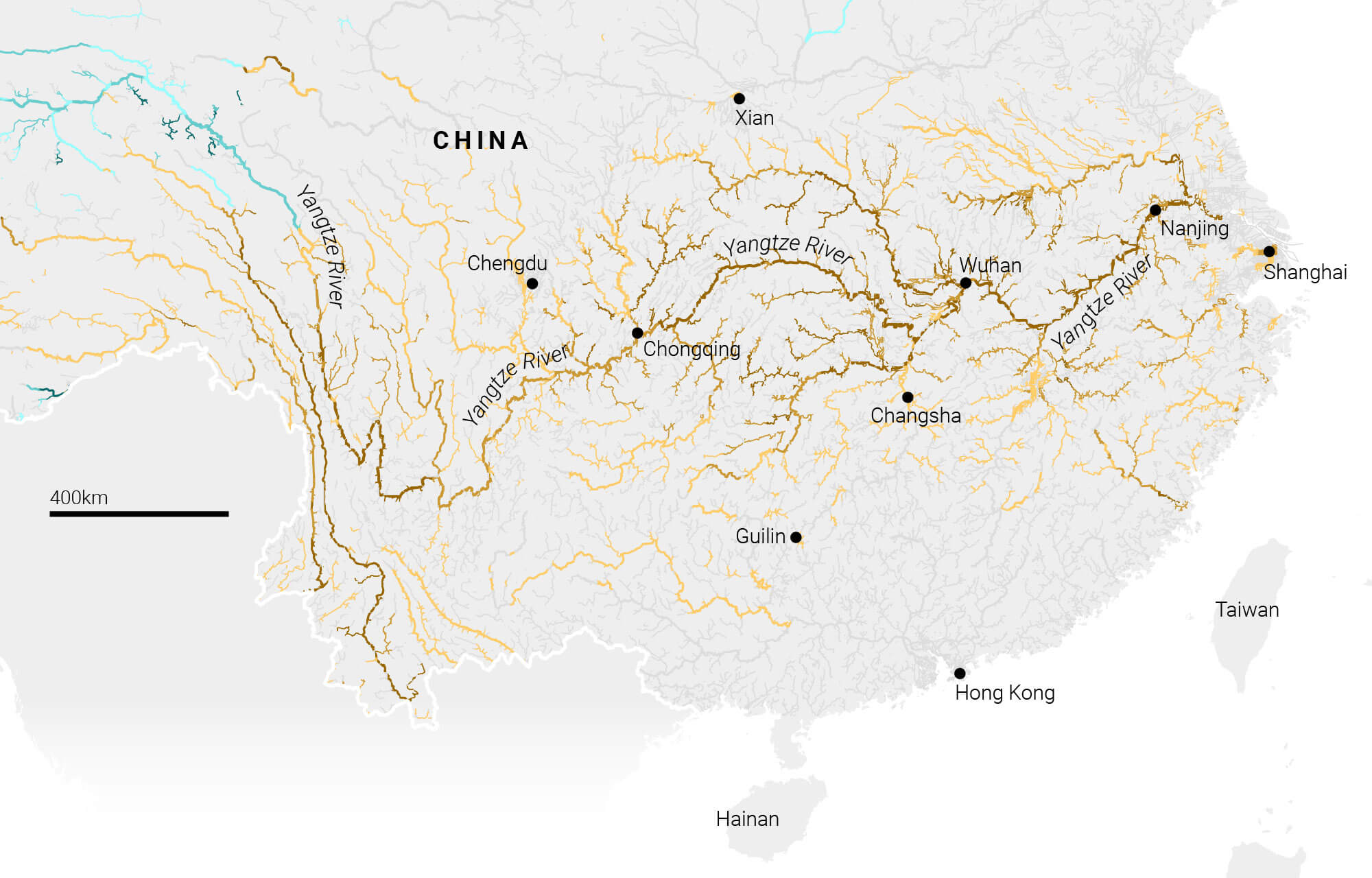

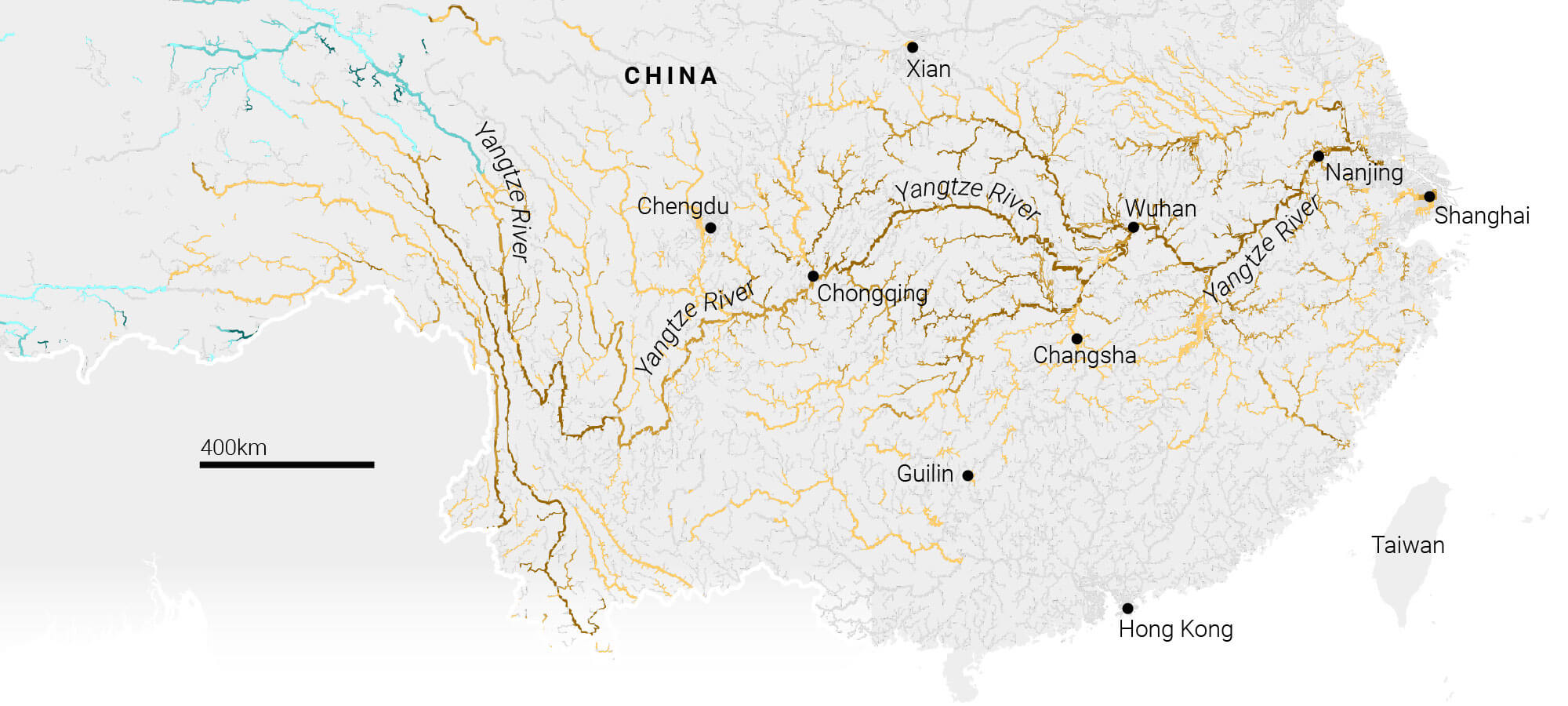
Affected areas
Since July, provinces and cities in southern China, including Anhui, Jiangxi, Hubei, Hunan, Chongqing and Sichuan, were affected by drought. Low water levels in the Yangtze River increased pressure on hydroelectric power plants, affecting water supply and electricity production for millions of people and many companies, forcing the temporary closure of factories in some provinces.




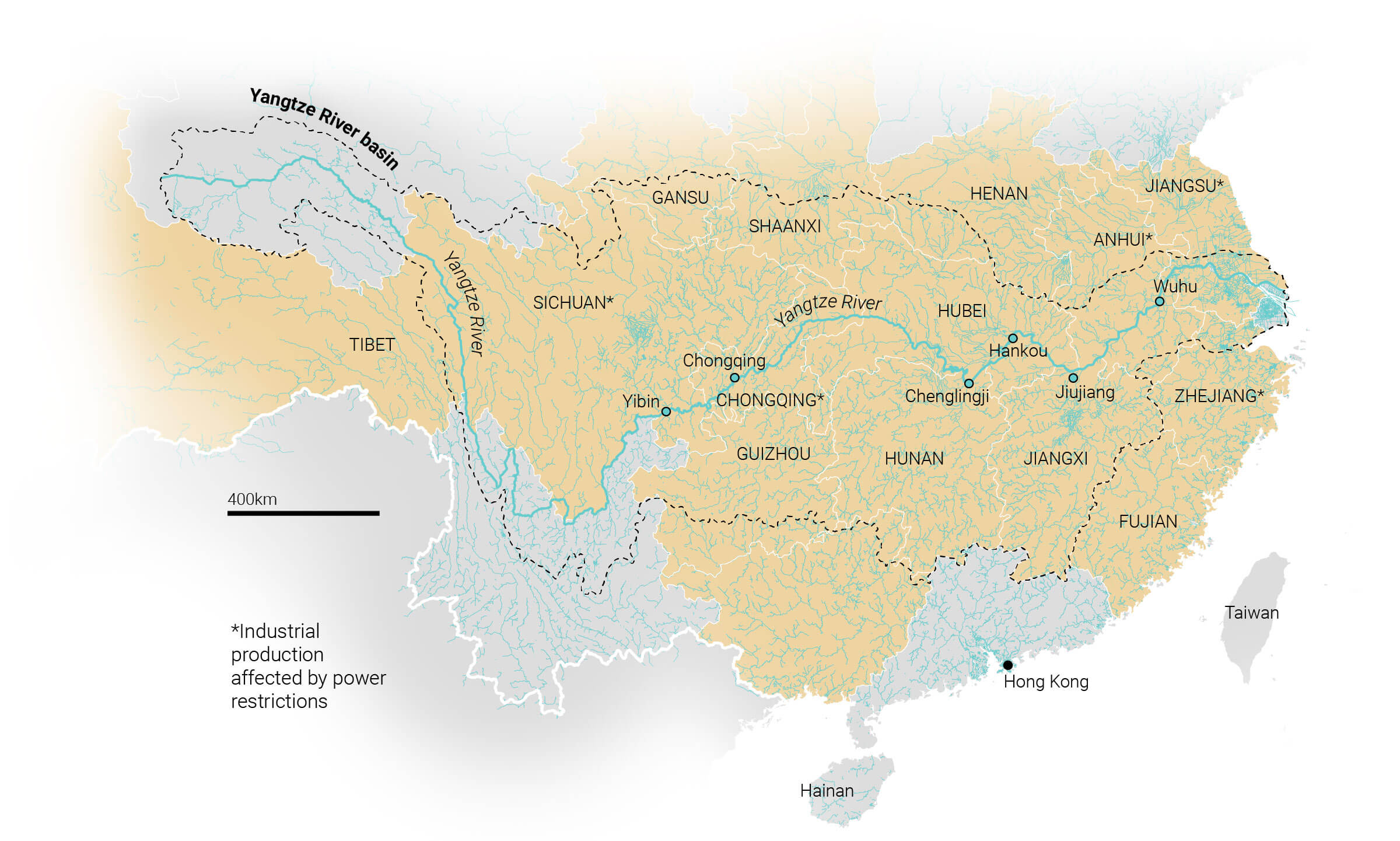
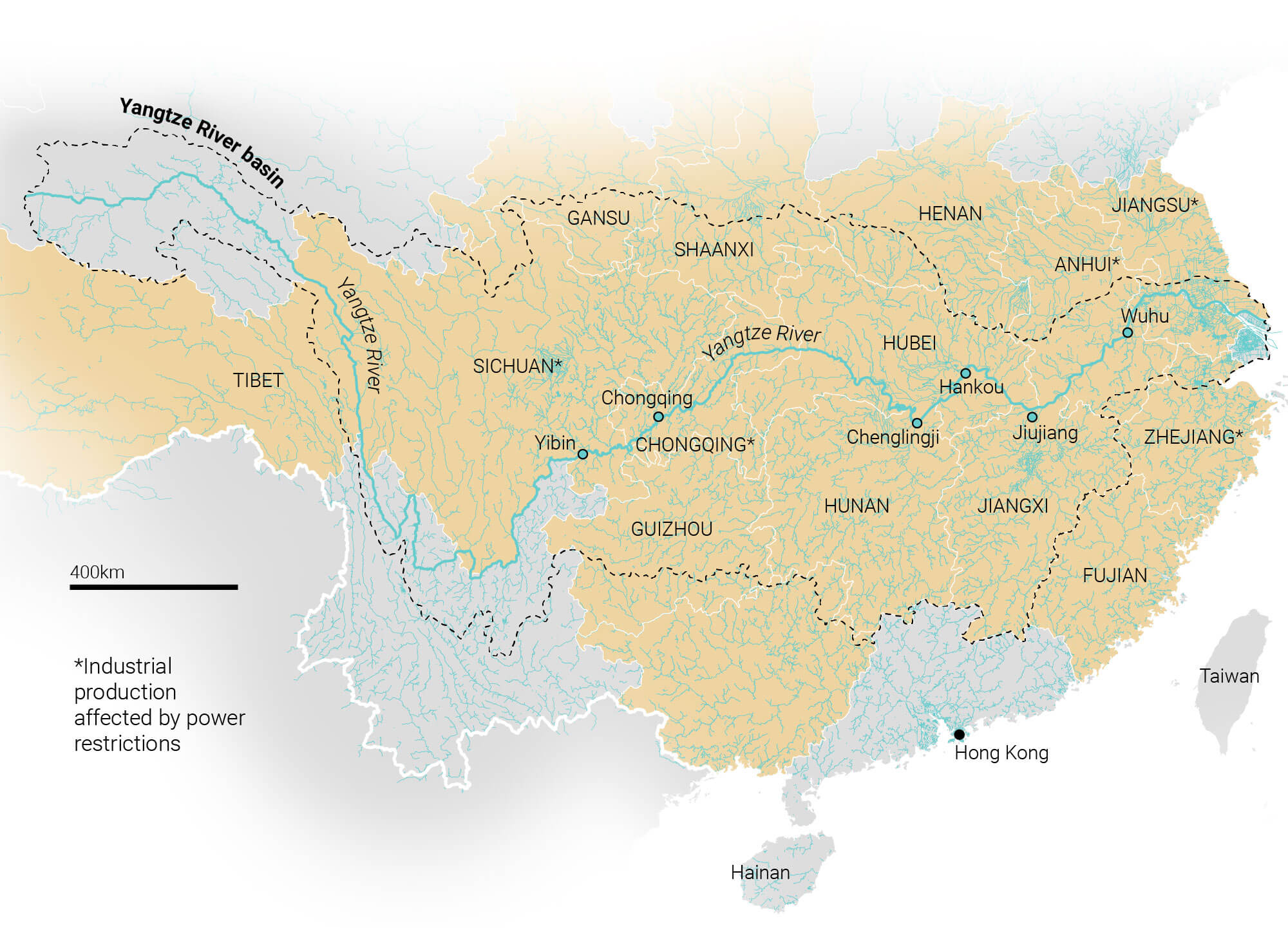
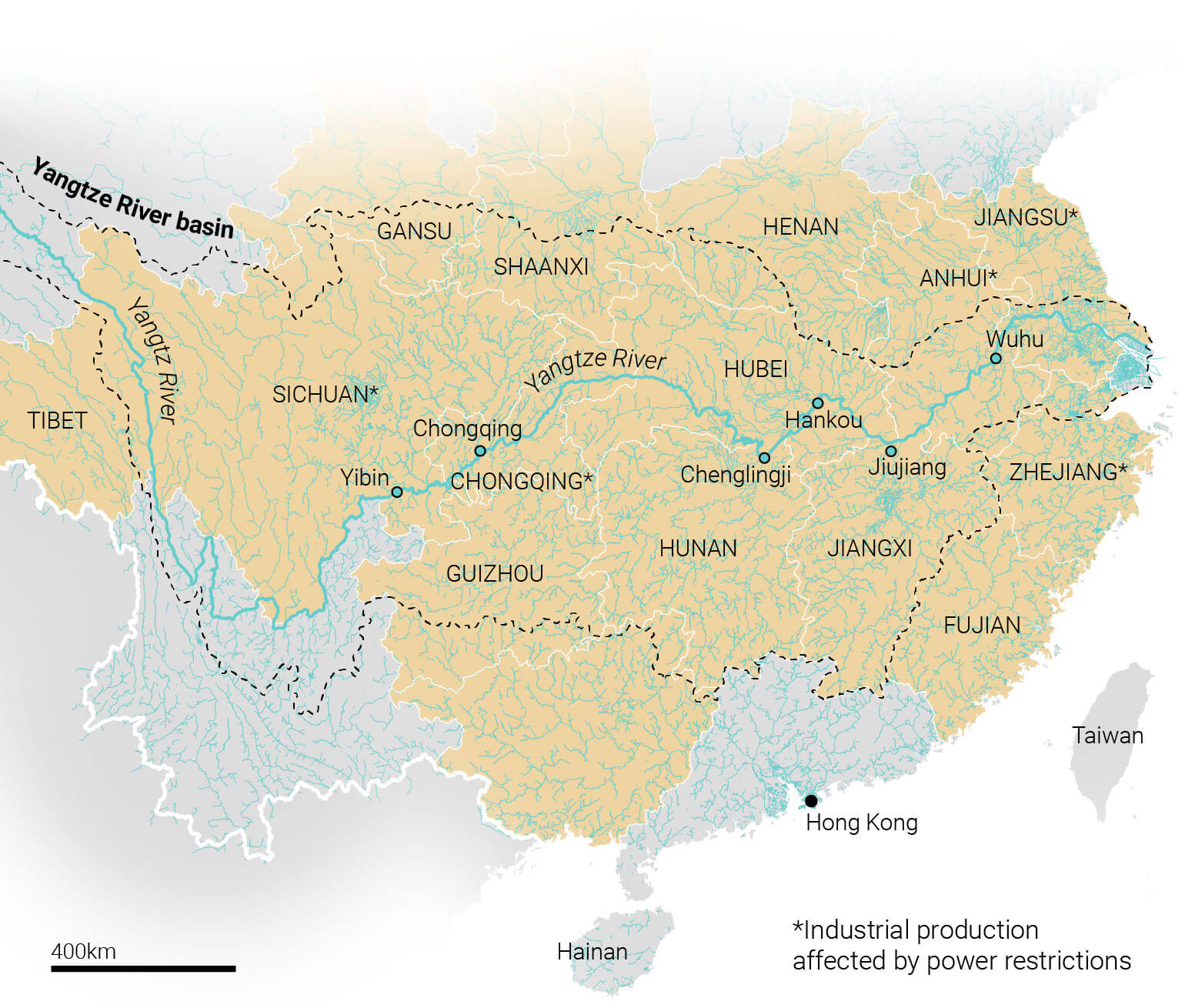
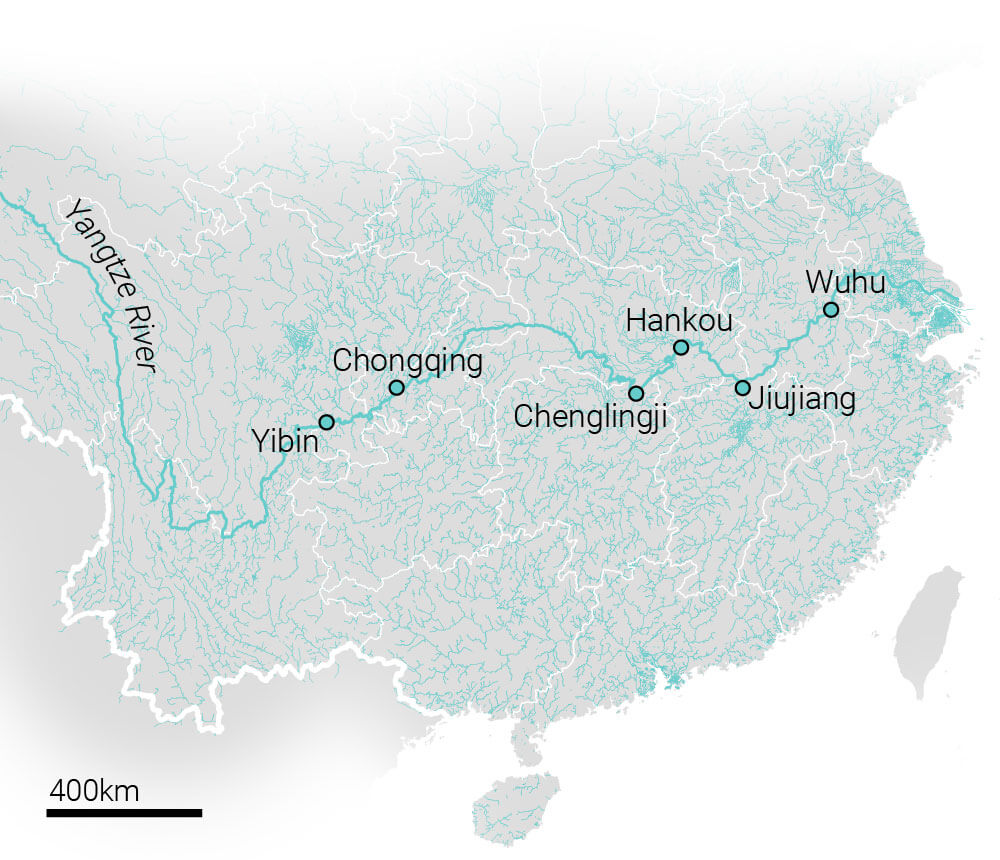
























Hydropower generates around 80 per cent of Sichuan province’s electricity. The drought cut Sichuan’s power generation capacity by 50 per cent year on year in August
The Jialing River, a tributary of the Yangtze, shrank in places to less than half the width of its channel
Since June, drought affected more than 5.7 million people in Hubei province, according to local authorities
Average accumulated rainfall in Hunan province between July and August was 54.9mm, about 60 per cent less than normal
Since July, drought impacted nearly 3 million people in 104 counties and districts in Jiangxi province
Anhui province deployed ground-based cloud seeding operations 48 times in 31 urban districts and rural counties on August 15 and 16
Water levels measured at the major hydrologic stations
Drying up
China’s two largest freshwater lakes – Poyang and Dongting, which connect to the Yangtze River – saw their lowest levels since records began in 1951. The biggest, Poyang Lake in eastern China, was at 12 metres on August 6, 2022. That meant it had entered the dry season about 100 days earlier than the average in previous years.





Sichuan: China's biggest hydropower producer
Sichuan province normally generates almost 30 per cent of China’s hydroelectric power. But the 2022 heatwave saw historically low water levels and, as a result, a massive drop in electricity production.
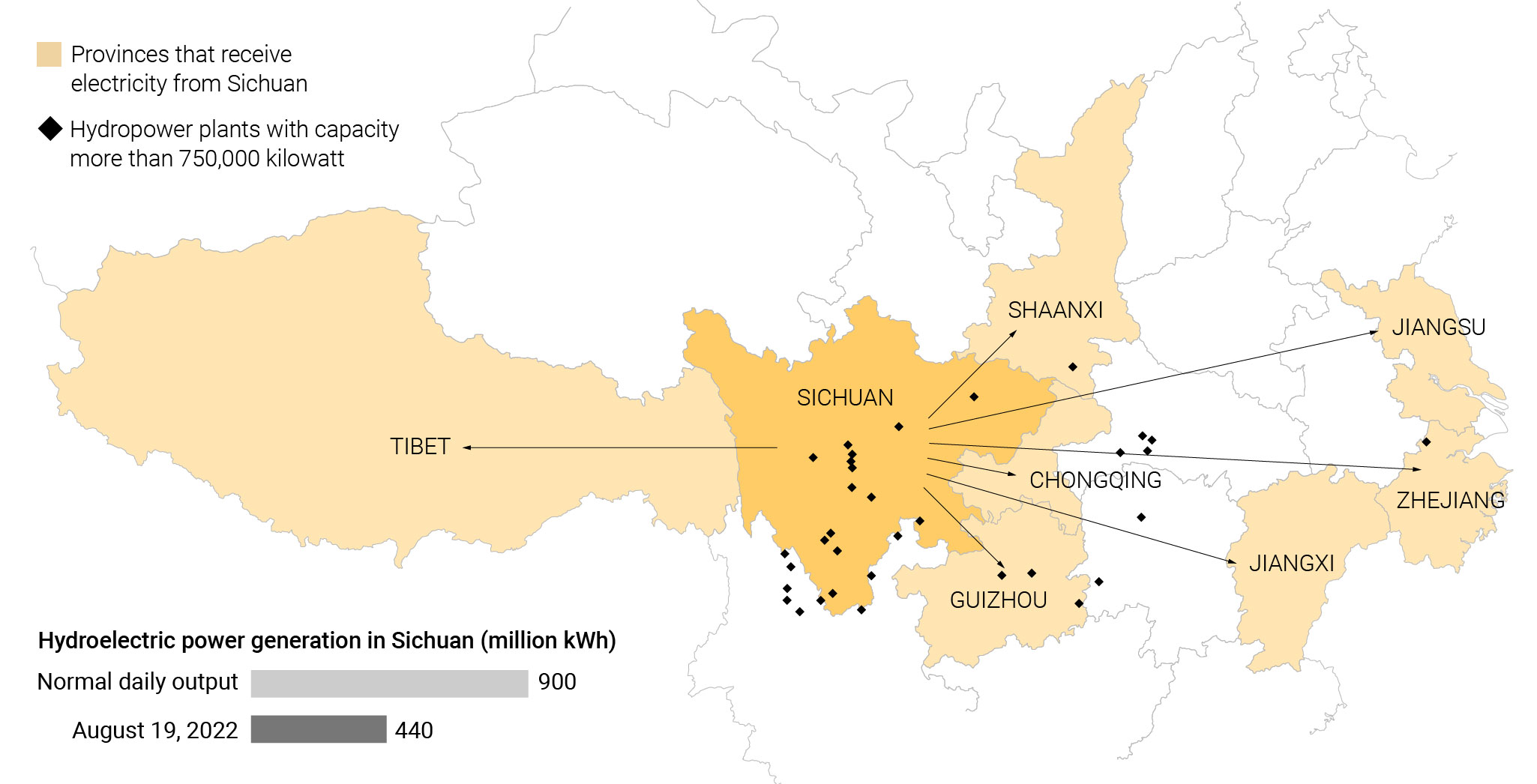

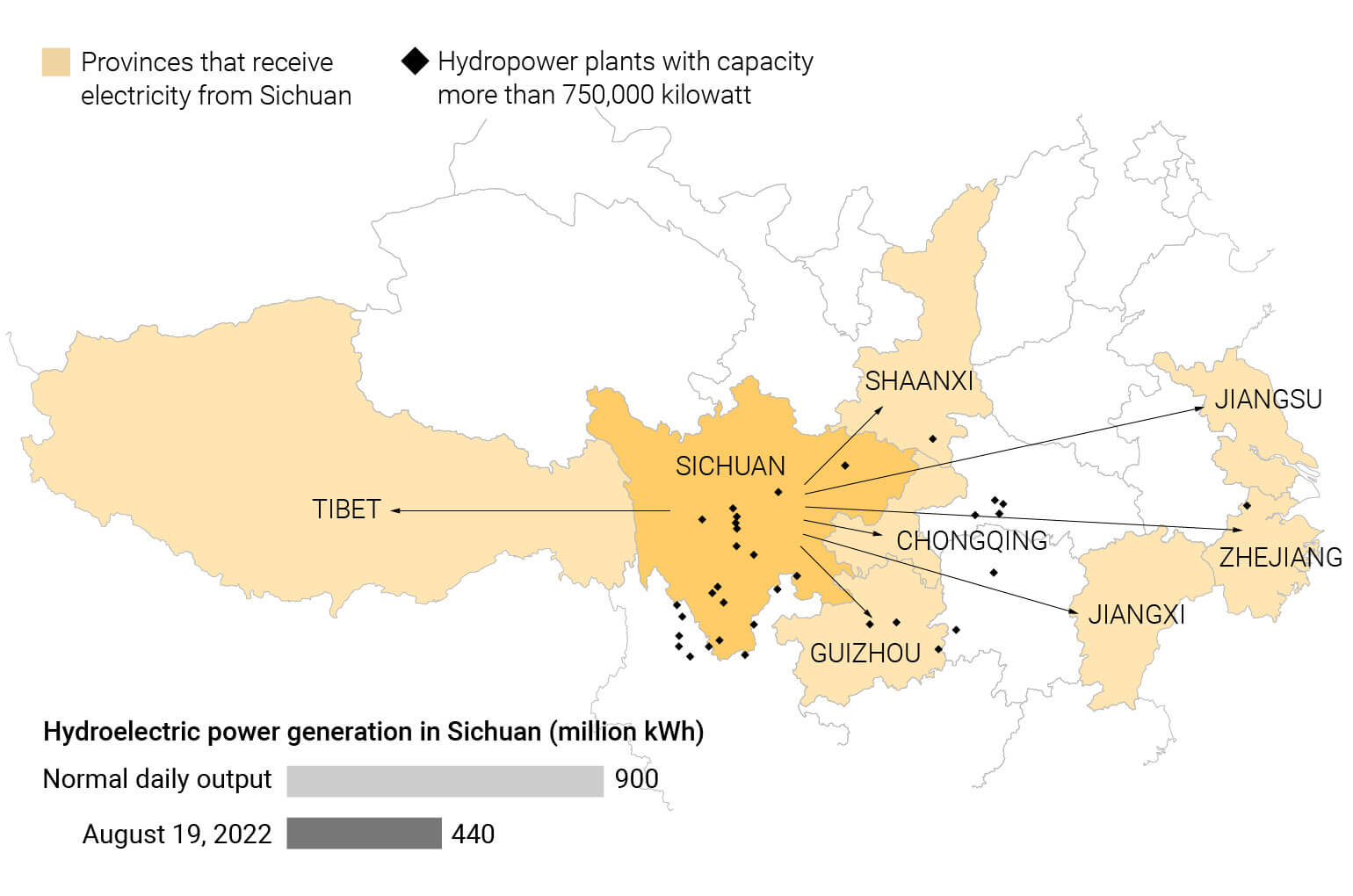
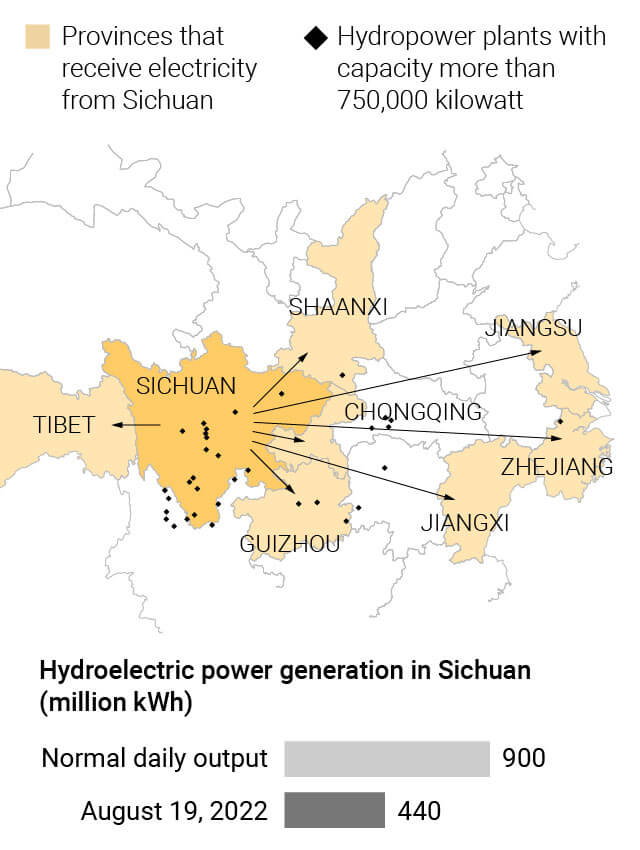
Associate Creative Director Marcelo Duhalde
Cover image by Victor Sanjinez
Edited by Andrew London
Sources: National Climate Center, Science and Technology Daily, Global Flood Awareness System, National Meteorological Center, Changjiang Maritime Safety Administration, Copernicus Open Access Hub, 中国地质调查局